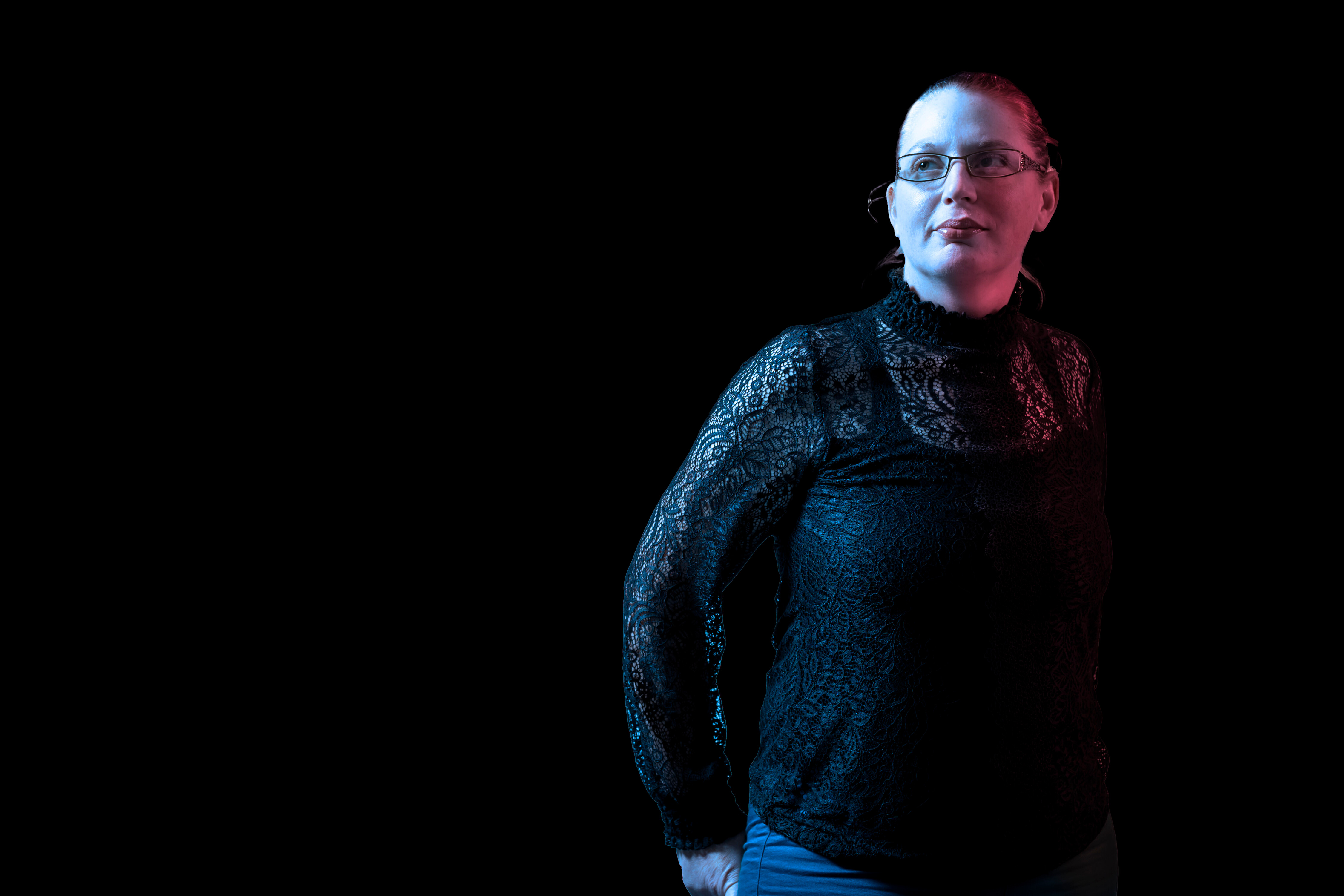This year, World Intellectual Property Day is celebrating the “can do” attitude of women inventors, creators and entrepreneurs around the world and their ground-breaking work. Women in all regions are shaping the world through their imagination, ingenuity and hard work, but often face significant challenges in accessing the knowledge, skills, resources and support they need to thrive. In fact, according to WIPO data released in March 2023, it is estimated that only 16.2 percent of inventors named in international patent applications were women in 2022. While numbers are rising, progress is slow. WIPO estimates that, at current rates, parity among Patent Cooperation Treaty (PCT)-listed inventors will only be reached in 2064.
To mark World Intellectual Property Day, we sat down with Professor Jennifer Hiscock, a UKRI Future Leaders Fellow with two patented technologies to her name, to discuss her achievements, why patenting technology is so important, and what barriers she has had to overcome in academia to get to the stage where she could patent her inventions.
Tell us about your patented inventions…
My name is Professor Jennifer Hiscock and I am a UKRI Future Leaders Fellow here at Kent. I joined the University on my first independent researcher position back in 2015 and haven’t looked back since. I own Intellectual Property (IP) concerning some novel antimicrobial technology i.e. I invented the molecules which act as novel antimicrobial agents themselves and also as efficacy enhancers for known antibiotics. I am also co-invented the talin shock-absorbing material technology with Professor Ben Goult. We’ve essentially taken proteins out of your cells, genetically engineered them, tied them all together and made something that is similar to a jelly fruit pastille which can absorb supersonic impacts – shots fired at 1.5 kilometers a second! Both of these are protected inventions resulting from funding secured both through the BBSRC and also internal funding.
How did you become an inventor at the University of Kent?
I got into applied research basically because I was never a fundamental scientist. When I finished my post-docs I didn’t want to be in academia – I wanted to be in industry. I found it exciting, I enjoyed the translational nature of industry and I tried for a career and failed. I applied for an academic position at Kent and was successful on my first go. So I came to the University as an academic who was a failed industrialist and decided to make my academic career all about translational research and producing my own technology that could be translated for real world applications.
Why is protecting your intellectual property important?
If you’re doing any form of translational research, it’s really important for you to think about protecting your intellectual property.
The reason is that we can all have fantastic fun investigating these (in my case) fundamental scientific hypotheses in our labs but if we want to grow that bigger, if we want to see that released into the international arena to be used by your everyday person on the street to make that real difference, you are going to need to seek external investment at some point. And when you seek out that external investment that investor has to get something out of it.
If you are going to take their time, if you are going to take their money, you are going to have to give that return on investment – just think about Dragon’s Den. If I don’t have the control over the technology that I’ve invented, if that is not protected, I’ve got nothing to sell. Because then, in my case if I’m developing antimicrobials for example, one of the big guys, Astra Zeneca or whatever else, can take my molecules and do whatever they like with them. They’ve got far more resources than I have. So the process of protecting your intellectual property is fantastically important to be in that translational space.
What challenges are there to becoming an inventor in academia?
The problem with protecting your intellectual property whilst you’re an academic is that you also need to be out there giving scientific talks, and you have to be out there writing papers and building your international profile as a scientist. So you have to balance the secret science that you keep in your laboratory that you can’t communicate with the world until you’ve patented it, with your outputs to maintain your scientific visibility on the international or national stage. But protecting your intellectual property is something you should be thinking about sooner rather than later and it would be fantastic to see more women up there doing that and some other female CEOs of University spin-out companies – it would be great to see some more of those as well.
Professor Jennifer Hiscock has been prolific in the creation of Women in Supramolecular Chemistry, an international network put together to create a kinship and to provide support for women in Chemistry. The aim of the group is to support the retention and career progression of women of all career stages within the community. She has been the network chair since its creation in September 2019 and now sits on the advisory board.
She has also partnered with TRN to create The Research Network app which enables research collaboration between researchers, collaborators, projects & funding sources. The basis started in 2011 after a life science consultancy using the TRN network to build project teams. Prof Hiscock is the Academic collaboration coordinator of this app.
If you are interested in finding out more about commercialisation, intellectual property and technology transfer at Kent, visit our website or contact our Commercialisation Team at commercialisation@kent.ac.uk.

